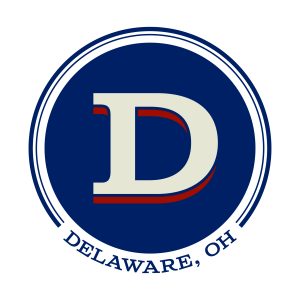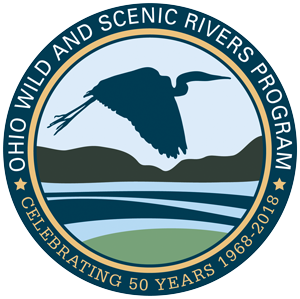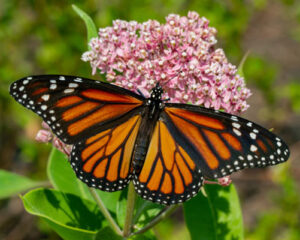GET INVOLVED IN THE WATERSHED

City of Delaware Sustainability
The City of Delaware initiatives include protecting public health and the environment; protecting and preserving natural resources to support a healthy and resilient City; improving quality of life by creating a more sustainable community; and promoting robust, inclusive and sustainable growth and development. They are a Mid-Ohio Regional Planning Commission Sustainable 2050 Platinum Level City.
More information: City of Delaware Sustainability. Learn about their programs for managing stormwater and preserving clean, safe water for their citizens.
 Ohio Department of Natural Resources Scenic Rivers Program
Ohio Department of Natural Resources Scenic Rivers Program
The Olentangy River has 22 miles designated as a State Scenic River from south of the Delaware Dam to old Wilson Bridge Road in Worthington. The scenic stretch of river is monitored annually by ODNR stream quality monitoring (SQM) volunteers. Small aquatic organisms (macroinvertebrates) are collected from the river and surveyed to determine which types are present and how frequently they occur. The organisms are returned to the water and the data are used to determine the health of that portion of the waterway. Macroinvertebrates are highly effective barometers of a river’s health because they have varying tolerances of pollution. Surveying the presence, quantity, and diversity of macroinvertebrates can indicate potential problems.
More information here:
 Friends of the Lower Olentangy Watershed (FLOW)
Friends of the Lower Olentangy Watershed (FLOW)
FLOW was formed as a non-profit 501c3 in August 1997. Their mission is to keep the Olentangy River and its tributaries clean and safe for all to enjoy, through public education, volunteer activities, and coordination with local decision-makers. They host clean-ups, invasive species removal, tree planting programs, and more. Learn about their volunteer opportunities here.
Be the Change for Clean Water is working to bring together ten counties along with many partners to provide education, resources, and various opportunities to “be the change for clean water.” Some of the messages they convey are: Farm 4R Future, Interrupt surface Runoff and Tile Drainage, Keep Storm Drains Clean, Infiltrate Storm Water, and Manage your Home Sewage Treatment System.
Plant Native!  OWA encourages the use of native species when undertaking any landscaping project. Native plants have several benefits. They require less maintenance, less water, less fertilizer and pesticides, promote biodiversity, are great for pollinators and other wildlife, and can be aesthetically pleasing. Native species can also help with erosion and filtering stormwater.
OWA encourages the use of native species when undertaking any landscaping project. Native plants have several benefits. They require less maintenance, less water, less fertilizer and pesticides, promote biodiversity, are great for pollinators and other wildlife, and can be aesthetically pleasing. Native species can also help with erosion and filtering stormwater.
The Ohio Department of Natural Resources has a page on creating a native garden that can be found here. There are several links to lists of native species by habitat type.
You can a list of Ohio native plant nurseries here at the Ohio Native Grower’s website.
Information on invasive species can be found on the Ohio Invasive Plants Council’s website.

